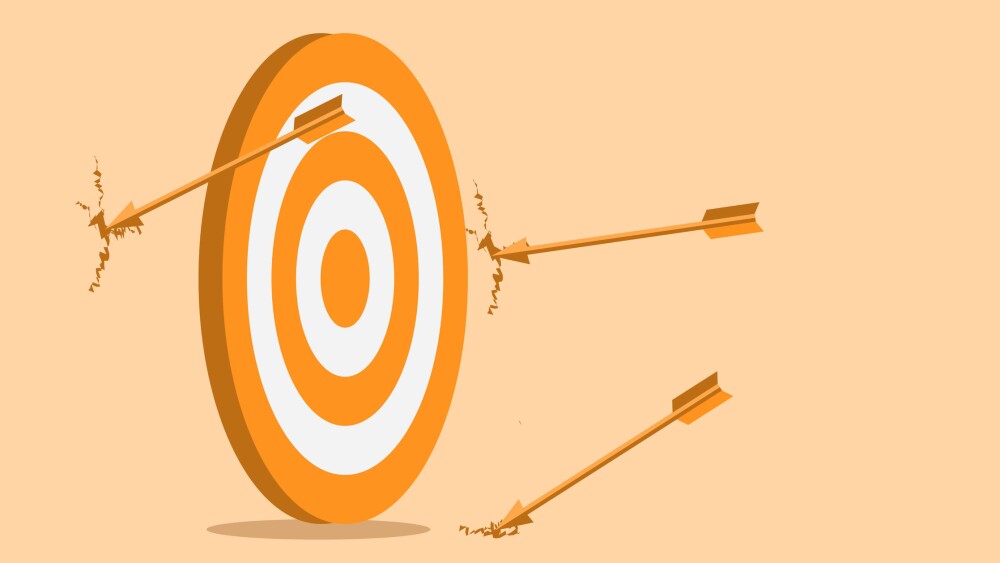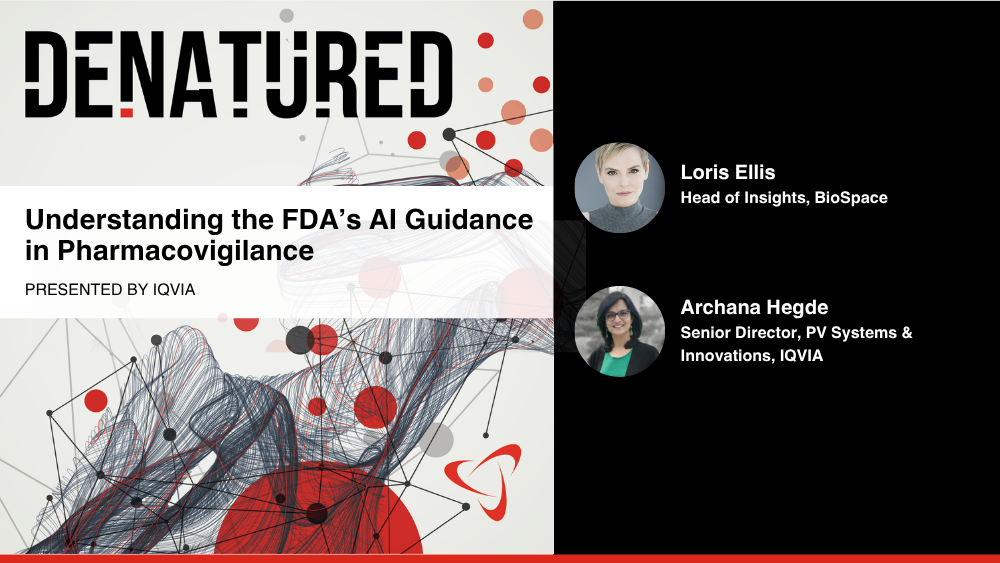LITTLE ROCK, Ark., March 8 /PRNewswire/ -- A long-term study on the effectiveness of the drug thalidomide as part of the treatment for multiple myeloma, one of the least curable cancers, showed improved remission rates in patients, reported a team of University of Arkansas for Medical Sciences (UAMS) researchers led by internationally known myeloma researcher Bart Barlogie, M.D., Ph.D., in the latest issue of the New England Journal of Medicine.
The article "Thalidomide and Hematopoietic-Cell Transplantation for Multiple Myeloma" showed results from the addition of thalidomide to a myeloma treatment regimen that included high-dose, melphalan-based chemotherapy in a setting of tandem peripheral blood stem-cell transplants.
In the trial, involving 668 myeloma patients between October 1998 and February 2004, those who received thalidomide as part of their treatment had a higher complete remission rate and a superior event-free, five-year survival rate (meaning there were no signs of relapse in that time period) than those in a control group. However, thalidomide failed to prolong overall survival and was associated with adverse side effects, including peripheral neuropathy -- damage to the peripheral nervous system -- and deep-vein thrombosis -- blood clots in the veins.
The article appears in the March 9, 2006, issue of the weekly medical journal.
Barlogie, lead researcher for the study, pioneered the use of thalidomide as a therapeutic agent in treating multiple myeloma. Thalidomide was tried initially in the case of unresponsive disease because of its anti-angiogenic properties -- meaning that it interferes with the blood supply to the tumor cells and thus kills through an indirect mechanism.
Further research has shown that thalidomide exerts many potentially beneficial anti-tumor effects, Barlogie said, including direct tumor cell destruction and interruption of tumor-host cell interaction ("starve the seed by depleting the soil").
Lead UAMS researchers included: * Barlogie, director of the Myeloma Institute for Research and Therapy (MIRT) at UAMS and a professor of medicine and pathology in the UAMS College of Medicine * Guido Tricot, M.D., Ph.D., professor of medicine and pathology in the UAMS College of Medicine and director of clinical research for MIRT * Elias Anaissie, M.D., professor of medicine in the UAMS College of Medicine and director of supportive care for MIRT * John Shaughnessy, Ph.D. professor of medicine in the UAMS College of Medicine, director of basic research for MIRT, and director of the Lambert Laboratory of Myeloma Genetics for MIRT * Frits van Rhee, M.D., Ph.D., associate professor of medicine in the UAMS College of Medicine * Maurizio Zangari M.D., associate professor of medicine in the UAMS College of Medicine
Others involved in the research included Erik Rasmussen, M.S., and John Crowley, Ph.D., of Cancer Research and Biostatistics at the University of Washington, Seattle.
Myeloma is a type of cancer that involves plasma cells -- white blood cells that produce antibodies. When plasma cells become cancerous, they reproduce uncontrollably and crowd out healthy red and white blood cells, preventing them from fighting infection and carrying oxygen throughout the body. Bone destruction is a common manifestation of myeloma. The malignant cells also produce a type of protein that can cause kidney failure.
The average survival rate of a myeloma patient used to be three years upon diagnosis; thanks to research funded in part by the National Cancer Institute (NCI), the MIRT has extended the average survival rate of its patients to seven years and beyond.
The study was funded by a project program grant from the NCI, which in 2004 announced its third five-year renewal -- for nearly $18 million -- of grant support for the MIRT. Those funds are earmarked for ongoing translational research at the MIRT, the first facility in the world created specifically to study and treat this rare form of cancer.
UAMS is the state's only comprehensive academic health center, with five colleges, a graduate school, a medical center, five centers of excellence and a statewide network of regional centers. UAMS has about 2,320 students and 690 medical residents. It is one of the state's largest public employers with almost 9,000 employees, including nearly 1,000 physicians who provide medical care to patients at UAMS, Arkansas Children's Hospital and the VA Medical Center. UAMS and its affiliates have an economic impact in Arkansas of $4.3 billion a year.
University of Arkansas for Medical SciencesCONTACT: Leslie W. Taylor, +1-501-686-8998, or wireless phone,+1-501-951-7260, or leslie@uams.edu , or Andrea Peel, +1-501-686-8996, orwireless phone, +1-501-351-7903, or andrea@uams.edu , both of University ofArkansas for Medical Sciences
Web site: http://www.uams.edu/




